Recently, we’ve brought you several articles detailing the meteoric rise of new franchise Youkai Watch as it continues to steal fans and attention away from the much-loved institution that is Pokémon. Die-hard Pokémon fans out there may feel safe in the assumption that Youkai Watch, being more traditionally “Japanese” in feel, will never match the success of Pokémon in the West. Be that as it may, we now have conclusive evidence that Pikachu’s time in the Japanese sun is well and truly over as new champion Jibanyan ascends his throne. Join us after the jump for proof!
manga (Page 80)
I recently compared Attack on Titan to an 800-pound gorilla, since the smash hit anime has become so big and powerful it can do whatever it wants, such as actively forming partnerships with both Universal Studios and rival Marvel/Disney. But maybe the better analogy is to a cow.
Since the end of its broadcast run in September of 2013, the franchise has been spun off into side-story manga, novels, compilation movies, and live-action adaptations. For the most part, fans have happily lapped up the comparatively delicious offerings of all this milking, but what everyone has really been waiting for is some sort of timetable for a continuation of the anime TV series itself.
Thanks to its director, we finally have one.
It’s a big month for Attack on Titan. Between an art exhibit opening in Tokyo, a crossover with Marvel’s Avengers, and at least one of the naked giants finding a proper job, the biggest anime and manga hit of the last decade is even more in the spotlight than usual these days, which makes it only fitting that we’re getting our first in-costume glimpse of the cast of next summer’s live-action Attack on Titan movies.
Leading trio Eren, Mikasa, and Arumin are all present and accounted for. But while they’ll be joined by several new characters specially crafted for the films, one fan favorite apparently isn’t making the transition to live-action.
If you’re a gamer who’s too young to remember when Sega made consoles or having six buttons on a controller was a big deal, you might look back on 8-bit video game artwork and chuckle. With everything made out of blocky pixels, it’s impossible to create the sort of fine details that modern hardware easily renders to differentiate one character from another, isn’t it?
Maybe not, as one fan has put his old-school pixel art skills to use to recreate 50 different famous manga heroes, all in the style of the original Mega Man.
Preparing a delicious bowl of rice is an absolutely essential part of Japanese cuisine, and fortunately for most amateur cooks today’s modern rice cookers have made that task as simple as pressing as button.
While these handy machines can whip up a tasty bowl of rice with little to no effort, we wanted to try out a time-consuming cooking method we learned from the popular food-themed manga Oishinbo. In it, one of the main characters painstakingly examines and sorts each grain of rice to prepare what is described as “a taste you won’t forget in 15 years.” But is all that hard work worth it?
For many newcomers to anime and manga, it can be hard to tell characters drawn by the same artist apart. In general, Japanese designs use fewer lines, especially in the faces, than those of Western comic books, and even some artists themselves, such as Touch creator Mitsuru Adachi, have been known to get their own cast members mixed up.
That’s not a problem with Atom, though. Also known as Astro Boy, Osamu Tezuka’s beloved mighty robot is instantly recognizable, whether in the pages of the manga where he debuted, onscreen in one of his many anime adaptations, or, in his most recent appearance, a pedestrian walk signal in Kanagawa Prefecture.
There are a number of upsides to Sailor Moon Crystal, the recent reboot of the smash hit anime from the 1990s. Aside from benefitting from 20 years of advancement in animation technology and technique, the franchise’s proven record of success means that Crystal has a higher budget and sticks closer to creator Naoko Takeuchi’s manga than the previous adaptation did.
Still, a reboot is a reboot, and if you’ve already watched all 200 episodes of the original Sailor Moon, Sailor Moon R, Sailor Moon S, Sailor Moon Super S, and Sailor Moon Sailor Stars, then you’ve got a pretty big head start on many of the places Crystal’s plot is going. So if you’re the kind of person who snacks when you get bored, maybe some Sailor Moon tortilla chips will help you pass the time.
Fans of Japanese manga and American comics alike have spent the past few weeks wondering what exactly the upcoming crossover between Attack on Titan and Marvel has in store for us. Spider-Man and the Survey Corps exchanging tips over the best ways to zip around cityscapes? Deadpool and Levi fighting side by side with a combined four blades, as the merc cracks wise and the manga heartthrob sighs in annoyance?
Actually, we’re getting a fight between Earth’s mightiest heroes and anime’s tallest pantless woman, as Marvel has announced the project is titled Attack on Avengers.
Ukiyo-e Heroes are a group of artists who work in the medium of tradional Japanese woodblock printing (ukiyo-e), a style most strongly associated with Japanese culture. This group has turned their facebook page into a virtual gallery displaying their favorite muse: video games.
When creating a local mascot in Japan, there are basically three styles to choose from. You can go the traditionally cute route, like Gunma Prefecture did with its adorable horse, national popularity contest champion, and confectionary model Gunma-chan. Option two is to make something so weird it puts a smile on peoples’ faces, like Funabashi City’s unofficial spokepear Funasshi.
Or, you can just draw a picture of an anime girl, like the town of Shima did. Yes, she of course has a nice smile and attractive proportions, and so far every picture that’s been released of the tourism ambassador has her posing in a swimsuit. But before you go blasting the designers for making that wardrobe choice before even giving her a name, bear in mind there’s a good reason for her attire.
After watching that insanely adorable Mininja short, we decided we had to find out more about it–like when we could watch a full-length film! Fortunately, we were able to track down the tiny “not actually a ninja” alien’s creator–Sean McPhillips, an American who also just happens to be a senior vice president at DLE. In the process of discussing Mininja’s origin, we got the chance to learn about how the Japanese anime industry is growing and just how an American ends up working at a Japanese anime company.
If you’re curious about the future of anime and the origin of our favorite pink ninja, be sure to check this out!
We often say “don’t judge a book by its cover,” but that’s precisely what many of us do when scanning the shelves of a book shop or comic store looking for a new read. With so many titles to choose from, how do you know what is going to be worth your time? Perhaps the cool cover art is what catches your eye, or maybe an interesting title?
Manga writer Onta Sakai clearly felt that the latter was the best way to get his newest manga series noticed. Opting to go with the title “Ane no onaka wo fukuramaseru no wa boku” or “It is me to fill the stomach of the sister” in its slightly awkward English form, this highly suggestive title already has tongues wagging and could only be about one thing…
Even if you’re not an anime fan, you’ve no doubt heard that the hugely popular ninja series Naruto has finally reached its climax after more than 15 years. It’s never fun when a beloved show or serial comes to an end, and fans are often left searching for something new to fill the void in their lives that opens up when they do, but when you have a back-catalogue as rich and extensive as Naruto‘s, revisiting older instalments is sure to provide hours, if not weeks of pleasure.
Which, it seems, it precisely what Naruto‘s publisher is hoping both diehard fans and latecomers alike will do next, and is providing them with free issues of the manga and anime episodes direct to their smartphones via a brand new app for iOS and Android.
Who does a 15-meter naked giant make marketing deals with? Anyone he wants, apparently.
Just days ago, we heard about the upcoming crossover between hit anime and manga Attack on Titan and Marvel Comics, which as of 2009 has been a subsidiary of Disney. Still, that isn’t stopping the Titans from playing both sides of the fence, as Tokyo Disneyland’s major theme park rival has just announced that two life-size Titan statues are coming to Universal Studios Japan.
Given how many passionate manga fans Japan has, it’s kind of surprising that a lot of them don’t collect every issue of their favorite series. Most titles are published once a week as part of several-hundred-page anthologies printed on cheap, quickly deteriorating newsprint. On the other hand, higher-quality collected volumes lag months behind the weekly editions.
This creates a strange catch-22 where fans who want to be up to the minute on their heroes’ adventures buy the anthologies but later toss them out. Eventually, many cherry-pick which collected volumes to purchase in order to fill in the gaps where they missed one of the weeklies, or to have a permanent copy of their favorite scenes.
Of course, a lot of incomplete sets are also the result of fans getting burned out before reaching the end of some of Japan’s notoriously long-running series. Add in the fact that storage space is at a premium in Japanese homes, and it’s a testament to a title’s staying power and ability to captivate readers when they buy it from start to finish, like so many have with these 15 manga.
A quick look through the shelves of a bookstore or the inventory of online retailers will turn up tons of guides for how to draw manga. When still getting the hang of the basics of dynamic drawing, a book is the ideal way for many people to learn, since it spares them the embarrassment of having anyone else see their painfully produced yet still subpar early work.
Still, there’s only so much you can learn from on you own through reading and independent practice. That’s why toymaker Takara Tomy is releasing a kit that includes not just the tools of the trade, but demonstrations by a published manga artist and feedback from professional instructors.
While U.S.-produced comics lag far beyond domestic titles in popularity in Japan, the recent string of high-profile live-action Marvel movies seem to be slowly building a fan base for their American icons. At this year’s Kawasaki Halloween festivities, for example, you could spot Iron Man, Captain America, Thor, Loki, and multiple Spider-Men marching in the same costume parade as characters from Sailor Moon, Dragon Ball, and Attack on Titan.
The sight of so many different heroes together was enough to set the mind racing at the storytelling possibilities. But while the Sailor Scouts won’t be coordinating operations with the Avengers anytime soon, and the question of “Could Wolverine beat up Goku?” is going to have to remain a debate for our planet’s brightest intellectual luminaries, the worlds of American and Japanese are indeed set to collide, with an official crossover between Marvel Comics and Attack on Titan.
Like the rest of my classmates in my first Japanese class, I was inspired by manga to start learning Japanese. Although manga is usually deemed as ‘leisure’ reading, there are some quality manga that deal with serious societal issues. In fact, at National Cheng Chi University, one of the top universities in Taiwan, there is actually a class in which you have to read manga. Mandatory manga readings? It’s no wonder the class is so popular that some students have to wait four years to get in!
While the Japanese economy is powered by numerous exports and industries, from cars to computers, perhaps one of its largest, if not most visible, industries is that of entertainment content such as anime, manga and video games. While we all love good content–it is, after all, king–not everyone is necessarily willing or able to pay for it. While in days of yore that mostly meant simply going without the latest publication of your favorite manga, today’s high-speed Internet has made, shall we say acquiring content easier than ever.
While countries around the world debate the issues of online piracy, free speech, and copyright law, Japan is taking a somewhat more aggressive stance (anti-piracy even has its own figures in Japan!). Nevertheless, stopping piracy completely is an exercise in futility, which is probably why the M.A.G. (Manga-Anime Guardians) Project is aimed more at changing hearts and minds than using legal action to stop those pesky pirates. In fact, they’ll even give you a special-edition illustration if you join!
How many times have you ever been running to school late in the morning, rushing to get to class before the bell rings, only to turn the corner and bump into someone of the opposite sex, who you consequently fall in love with?
If your answer is more than “none,” chances are you’re either an anime character or an extremely well-organized stalker. Let’s face it: while there are plenty of situations found in anime or manga that seem like they could play out in real life, most are unlikely to ever naturally occur unless by some bizarre fluke.
Niconico News recently asked 500 of their readers to brainstorm some of the most common examples of such situations. Check what they came up with below!
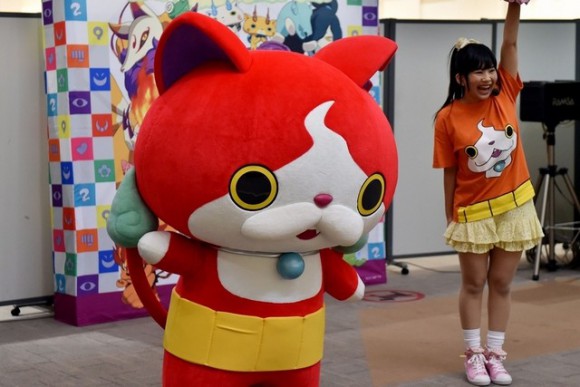

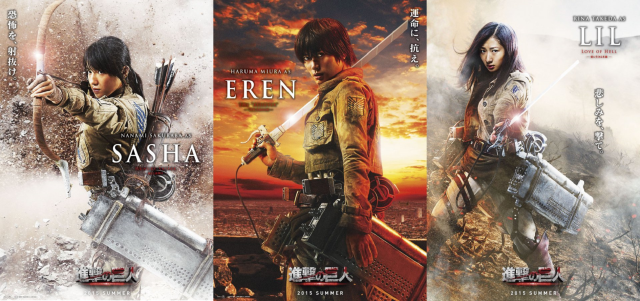
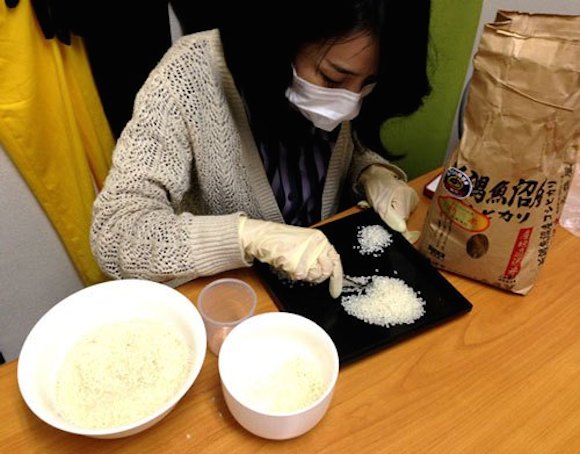
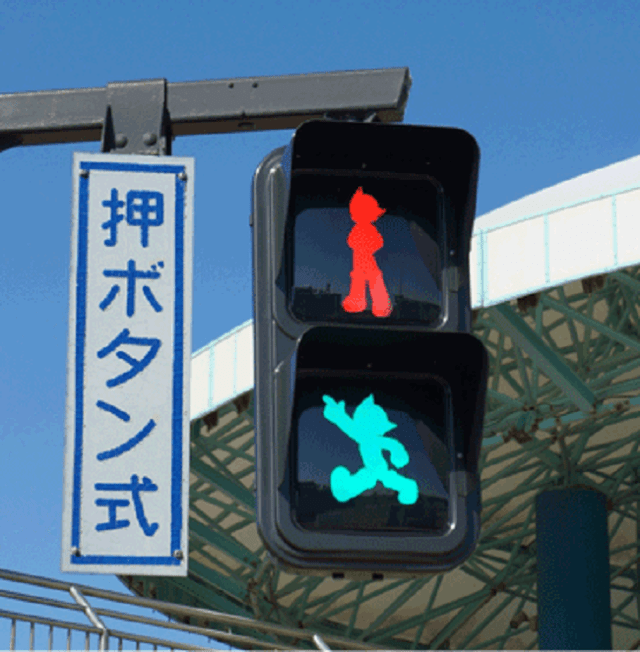
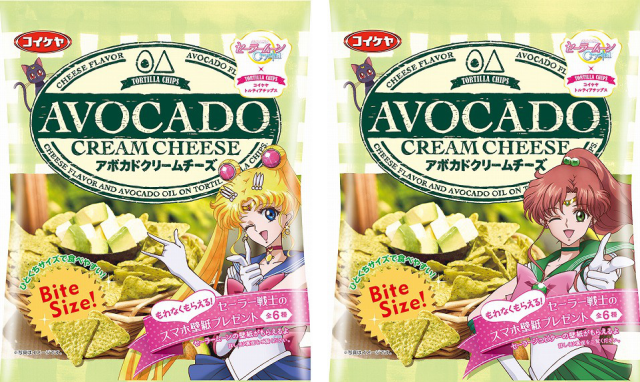
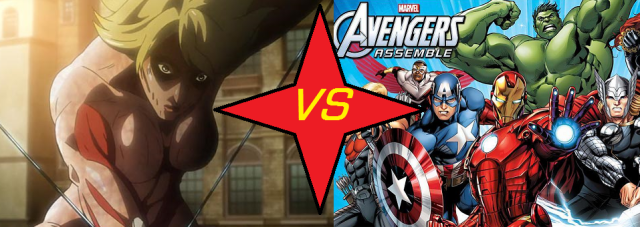
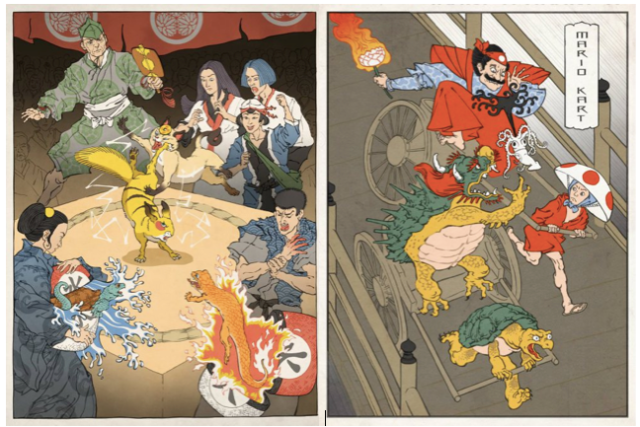

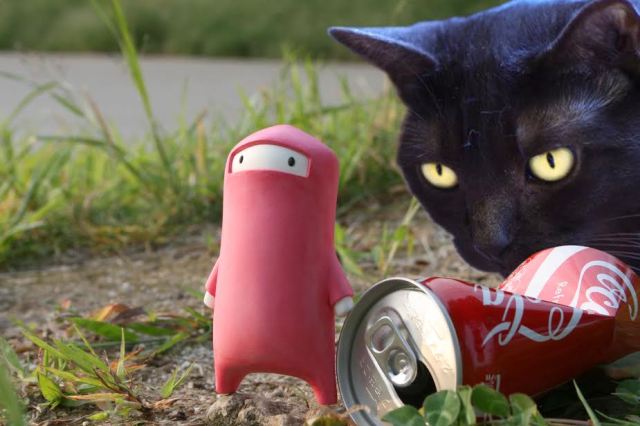

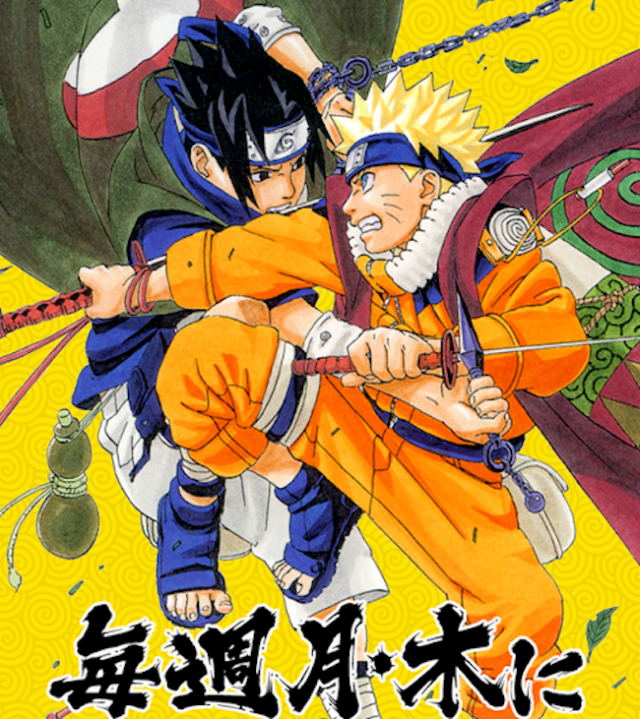
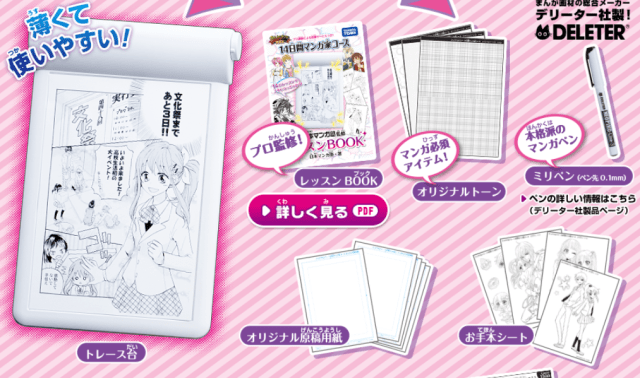
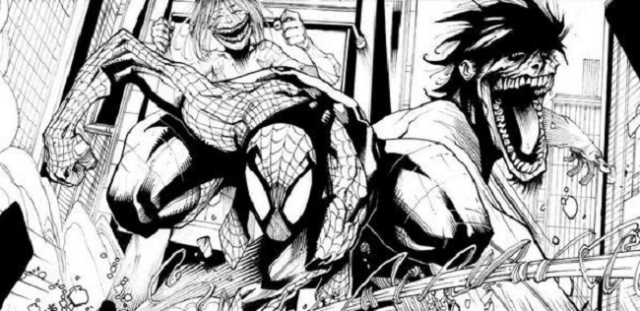
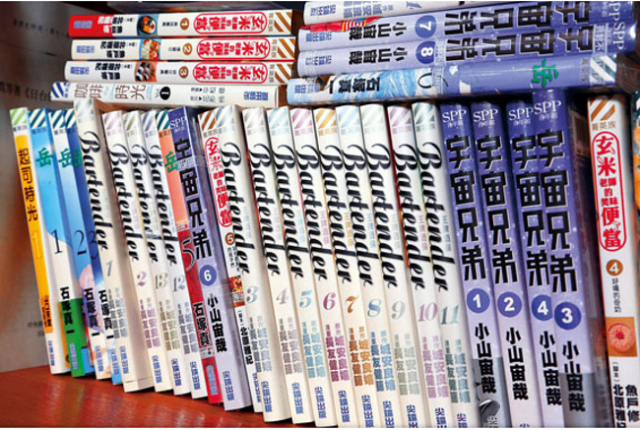
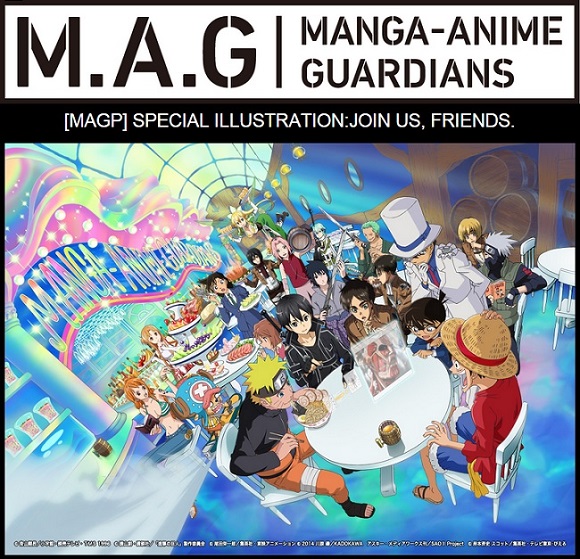
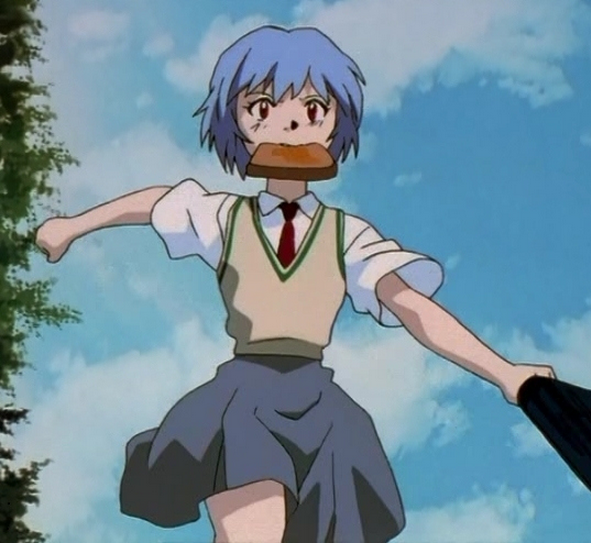
 7-Eleven Japan releases fukubukuro lucky bags filled with convenience store surprises
7-Eleven Japan releases fukubukuro lucky bags filled with convenience store surprises Studio Ghibli releases new range of cardigans for anime fans
Studio Ghibli releases new range of cardigans for anime fans Kyoto cookies let you create your own edible 3-D forest world
Kyoto cookies let you create your own edible 3-D forest world Beautiful Totoro bag returns, still requires jumping through an extra hoop to get, still worth it
Beautiful Totoro bag returns, still requires jumping through an extra hoop to get, still worth it Celebrating Good Couple’s Day in Japan…by getting our significant others to dress us
Celebrating Good Couple’s Day in Japan…by getting our significant others to dress us Churros at Japanese family restaurant chain are designed to enslave you
Churros at Japanese family restaurant chain are designed to enslave you Japanese mochi tasting flight has roots in samurai dining culture
Japanese mochi tasting flight has roots in samurai dining culture Japanese job-hunters reportedly dismayed by requests for “photos showing who you are as a person”
Japanese job-hunters reportedly dismayed by requests for “photos showing who you are as a person” Domino’s Japan has all-you-can-eat pizza isn’t an Internet rumor, but it is hard to find
Domino’s Japan has all-you-can-eat pizza isn’t an Internet rumor, but it is hard to find How merry is Starbucks Japan’s new Merry Cream holiday Frappuccino?
How merry is Starbucks Japan’s new Merry Cream holiday Frappuccino? One of Japan’s most beautiful hot spring towns announces new limits on number of day trippers
One of Japan’s most beautiful hot spring towns announces new limits on number of day trippers Ghibli’s Princess Mononoke teams up with Foxfire for outdoor apparel collaboration【Photos】
Ghibli’s Princess Mononoke teams up with Foxfire for outdoor apparel collaboration【Photos】 Berserk T-shirts coming to Uniqlo for launch of new Manga Curation line【Photos】
Berserk T-shirts coming to Uniqlo for launch of new Manga Curation line【Photos】 Kyoto Whopper divides customers at Burger King Japan
Kyoto Whopper divides customers at Burger King Japan Mario Kart Happy Meal toys arrive at McDonald’s Japan, and SoraNews24 has the whole set!【Photos】
Mario Kart Happy Meal toys arrive at McDonald’s Japan, and SoraNews24 has the whole set!【Photos】 Japanese burger chain no longer serves onion rings, but offers intriguing replacement【Taste test】
Japanese burger chain no longer serves onion rings, but offers intriguing replacement【Taste test】 Taking the Kyoto overnight bus for the first time
Taking the Kyoto overnight bus for the first time Yakuza vending machines coming to real-world Tokyo neighborhood that inspired Like a Dragon games
Yakuza vending machines coming to real-world Tokyo neighborhood that inspired Like a Dragon games Starbucks Japan unveils second Holiday Frappuccino for 2024
Starbucks Japan unveils second Holiday Frappuccino for 2024 Nintendo’s controller capsule toys are so cool, even the machine you buy them from is awesome【Pics】
Nintendo’s controller capsule toys are so cool, even the machine you buy them from is awesome【Pics】 Tokyo Disneyland loses top-attendance crown for Japanese theme parks for second year in a row
Tokyo Disneyland loses top-attendance crown for Japanese theme parks for second year in a row Ghibli Park debuts first winter illumination display with Howl’s Moving Castle theme
Ghibli Park debuts first winter illumination display with Howl’s Moving Castle theme Pringles releases a limited-edition sweet flavour in Japan
Pringles releases a limited-edition sweet flavour in Japan Sanrio and magical girl anime PreCure join forces for new merch line【Photos】
Sanrio and magical girl anime PreCure join forces for new merch line【Photos】 Japanese job-quitting service contacted by other job-quitting service because employee wants to quit
Japanese job-quitting service contacted by other job-quitting service because employee wants to quit After cancelling Halloween, Tokyo’s Shibuya neighborhood cancels New Year’s Eve too
After cancelling Halloween, Tokyo’s Shibuya neighborhood cancels New Year’s Eve too McDonald’s new Happy Meals offer up cute and practical Sanrio lifestyle goods
McDonald’s new Happy Meals offer up cute and practical Sanrio lifestyle goods Foreign tourists on Shinkansen bullet train break suitcase etiquette, angering local passengers
Foreign tourists on Shinkansen bullet train break suitcase etiquette, angering local passengers [Deleted] Article written for April Fool’s Day 2018
[Deleted] Article written for April Fool’s Day 2018 Japanese government to make first change to romanization spelling rules since the 1950s
Japanese government to make first change to romanization spelling rules since the 1950s Foreigner’s request for help in Tokyo makes us sad for the state of society
Foreigner’s request for help in Tokyo makes us sad for the state of society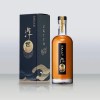 Ghibli founders Toshio Suzuki and Hayao Miyazaki contribute to Japanese whisky Totoro label design
Ghibli founders Toshio Suzuki and Hayao Miyazaki contribute to Japanese whisky Totoro label design Japanese convenience store Family Mart announces abolishment of eat-in spaces
Japanese convenience store Family Mart announces abolishment of eat-in spaces Princesses, fruits, and blacksmiths: Study reveals the 30 most unusual family names in Japan
Princesses, fruits, and blacksmiths: Study reveals the 30 most unusual family names in Japan Life-size vibrating Legend of Zelda Master Sword for sale from Nintendo【Photos】
Life-size vibrating Legend of Zelda Master Sword for sale from Nintendo【Photos】 Studio Ghibli releases free-download board game — Here’s how to play it without reading Japanese
Studio Ghibli releases free-download board game — Here’s how to play it without reading Japanese Churros at Japanese family restaurant chain are designed to enslave you
Churros at Japanese family restaurant chain are designed to enslave you Japanese mochi tasting flight has roots in samurai dining culture
Japanese mochi tasting flight has roots in samurai dining culture Japanese job-hunters reportedly dismayed by requests for “photos showing who you are as a person”
Japanese job-hunters reportedly dismayed by requests for “photos showing who you are as a person” Domino’s Japan has all-you-can-eat pizza isn’t an Internet rumor, but it is hard to find
Domino’s Japan has all-you-can-eat pizza isn’t an Internet rumor, but it is hard to find How merry is Starbucks Japan’s new Merry Cream holiday Frappuccino?
How merry is Starbucks Japan’s new Merry Cream holiday Frappuccino? We tried a Japanese egg steamer to achieve the perfect breakfast eggs without a stove
We tried a Japanese egg steamer to achieve the perfect breakfast eggs without a stove Shizuoka’s local Cherry Beans Potato French fries are just plain devilishly good
Shizuoka’s local Cherry Beans Potato French fries are just plain devilishly good Part of the family – Tokyo Shinto shrine’s blessings for children now available for pets too
Part of the family – Tokyo Shinto shrine’s blessings for children now available for pets too Starbucks Japan reveals new holiday goods for the 2024 festive season
Starbucks Japan reveals new holiday goods for the 2024 festive season Japan has only one time zone, and sunset comes a lot earlier in Tokyo【Photos】
Japan has only one time zone, and sunset comes a lot earlier in Tokyo【Photos】 Studio Ghibli releases new “Butterflies in the Forest” Totoro towels
Studio Ghibli releases new “Butterflies in the Forest” Totoro towels Japan’s adorable new Nikukyu notebooks have the squeezable feel of cat and dog paw pads【Photos】
Japan’s adorable new Nikukyu notebooks have the squeezable feel of cat and dog paw pads【Photos】